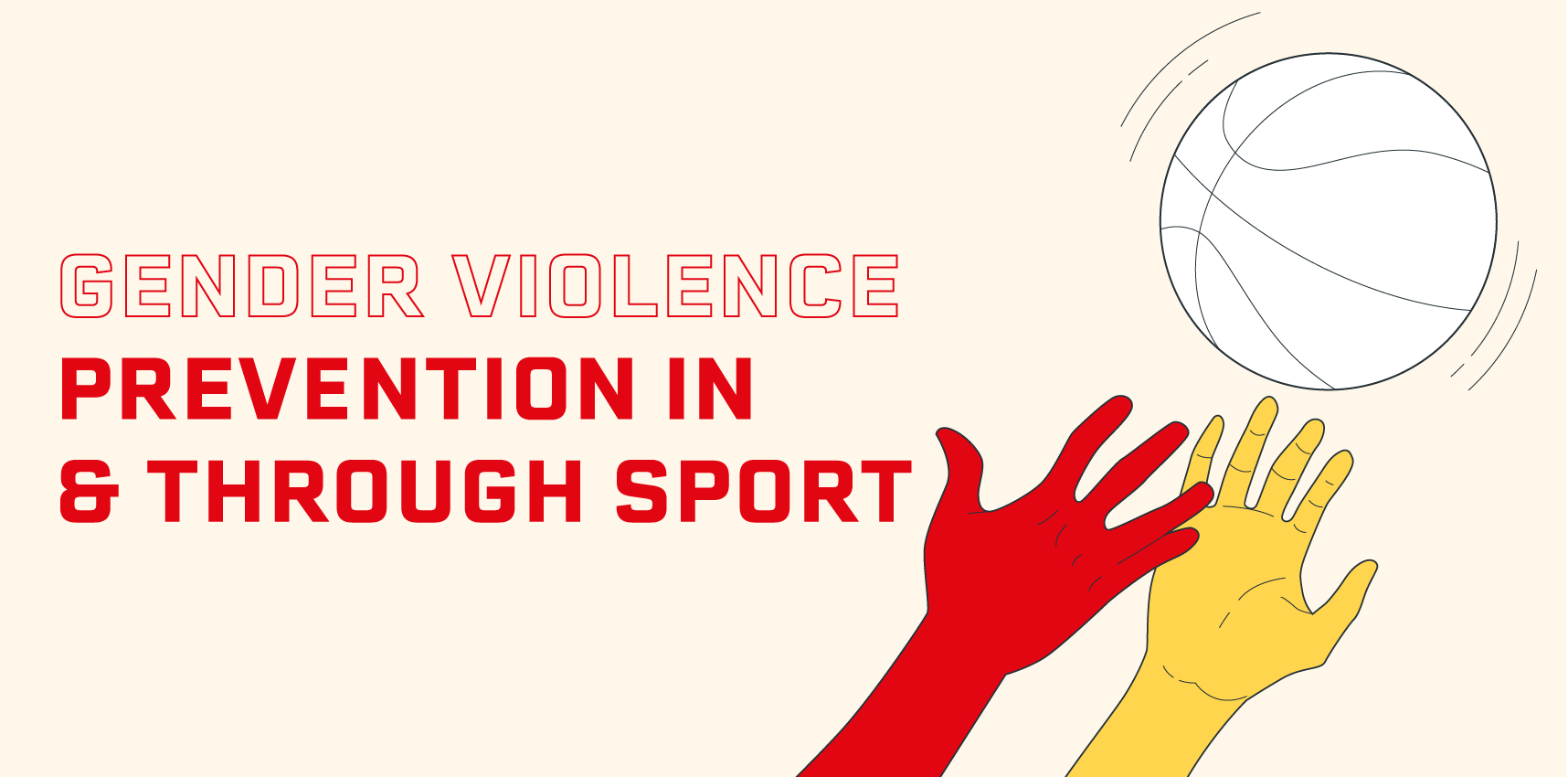Unpacking Gender-Based Violence in Sport: Recognising the Forms

Gender-based violence (GBV) in sports is a serious issue that appears in various forms. But what is GBV? According to the European Commission:
“Is the violence directed against a person because of that person’s gender or violence that affects persons of a particular gender disproportionately”.
This article aims to identify different forms of GBV in sports, highlighting their impact, and the need for comprehensive strategies to address them.
Forms of Gender-Based Violence in Sports
Recognising the various forms and sub categories of GBV in sports is crucial for creating a safer and more inclusive environment for all athletes. GBV in sports manifests in a wide range of forms, encompassing both physical and emotional abuse. Physical violence includes the intentional use of force to inflict injury, while sexual harassment and assault involve unwanted sexual advances, threats, or coercion. These acts are particularly harmful within the structured environment of sports. Beyond physical contact, emotional and psychological violence utilises words or actions to control, manipulate, or intimidate athletes. This can encompass public humiliation, excessive criticism, or threats of exclusion from the team. Bullying, a repeated pattern of behaviour intended to inflict physical or emotional harm on another athlete, can also be a form of GBV. Additionally, psychological manipulation, economic violence, and financial exploitation can occur, where control over finances, training opportunities, or competition selection is used to create a power imbalance and fear of dependence.
Moreover, gender discrimination is a pervasive form of structural violence within sports. It manifests as unequal access to resources, opportunities, and recognition based solely on gender. Female athletes may have limited access to high-quality training facilities, equipment, coaching, and funding compared to their male counterparts. They may also receive less media coverage and sponsorship opportunities, hindering their visibility and potential for professional success. This systemic bias creates a culture that can be conducive to other forms of GBV.
Impact of Gender-Based Violence in Sports
Individual athletes, teams, and the larger sports community are all impacted by GBV in sports. Physical trauma, mental health problems, and a decline in self-confidence can all affect athletes and cause them to retire from competition too soon.
How to address Gender-Based Violence in Sports as an organisation?
- Comprehensive Policies and Training: Organisations need to create policies that clearly outline what behaviours are not acceptable, set up ways for these behaviours to be reported, and specify the consequences for those who engage in them.
- Support Systems for Victims: Providing strong support systems for victims, including access to counselling, medical care, and legal assistance, is crucial. Sports organisations should collaborate with external experts to ensure holistic victim support.
- Promoting Gender Equality: Promoting gender equality in sports involves ensuring equal access to resources, compensation, sponsors, opportunities, and representation for all genders. Efforts should challenge cultural norms and stereotypes that perpetuate gender inequality and GBV.
- Accountability and Transparency: Holding perpetrators accountable requires transparent investigation processes and fair disciplinary actions. A network of whistle-blower protections should also be established to encourage reporting and prevent retaliation.
Conclusion
Gender-based violence in sports is a multifaceted problem that demands continuous and thorough initiatives for resolution. Acknowledging the different appearances of GBV is the initial step in fostering a sports environment that is safer and more welcoming to all. Through the implementation of policies, helping athletes, advocating for gender equality, and enforcing accountability, sports bodies can initiate the appreciation of a non-violence culture and bias that detracts from the essence of sportsmanship.
References
European Commission. (n.d.). What is gender-based violence?. https://commission.europa.eu/strategy-and-policy/policies/justice-and-fundamental-rights/gender-equality/gender-based-violence_en